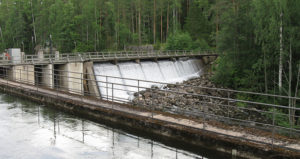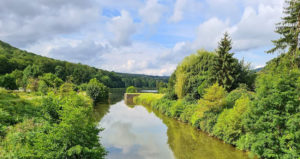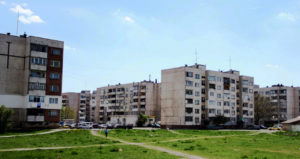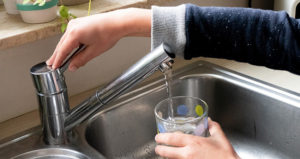Bad ecological status for half of European waters and lakes

-
 Esther Rasenberg
Esther Rasenberg
Share article:
Many European waterbodies (47%) are qualified with a bad ecological status. They are affected by an altered habitat and/or are polluted. This concludes the European Environment Agency today in their five-yearly report about the European environment (SOER 2015). Five years ago 57% of European waters were of poor quality, so the last five years the status of European waters improved with 10%.
The report SOER 2015 concludes that current environmental policies will not be sufficient to achieve Europe’s 2050 vision. Water management should improve with the second round of river basin management plans covering the 2016-2021 period resulting in the realisation of more policy objectives through stringent, well-integrated implementation and public participation.
Water Framework Directive
Since the introduction of the Water Framework Directive (WFD), which came into force in 2000, a new framework for the assessment, management, protection and improvement of the quality of water resources across the EU was established. The implementation of the WFD is difficult in several EU Member States. It requires a lot of investments to meet the rules.
Exceptions
According to the EU all member states should aim to achieve good status in all bodies of surface water and groundwater by 2015 unless there are grounds for exemption. Only in this case may achievement of good status be extended to 2021 or 2027 at the latest. Achieving good status involves meeting certain standards for the ecology, chemistry, morphology, and quantity of waters.
‘One out – all out’
Among the worst offenders of the last five years are Germany, Belgium and the Netherlands, where more than 90% of fresh water has failed to reach good ecological status. For some countries it is nearly impossible to reach a good ecological status on a short term. The WFD uses a `one out – all out’ principle. If only one substance is found above the norm the waterbody will be rejected. It takes years to get rid of substances that were used in the past.
Current policies not sufficient
According to Hans Bruyninckx, EEA Executive Director, Europe has not been very good at getting rid of manure from animal farming, nor lowering fertilizer use. Urbanization leads to changes in land use, as farmland pastures and forests are converted into mining and construction sites. SOER 2015 highlights the need for more ambitious policies to achieve Europe’s 2050 vision. It also stresses the need for new approaches to environmental problems, requiring “fundamental changes in the systems of production and consumption that are the root cause of environmental problems”. Moreover, efficiency improvements are often negated by increased consumption. “The level of ambition of existing environmental policy may be inadequate to achieve Europe’s long-term environmental goals.”
7th Environment Action Programme
SOER 2015 indicates that Europe’s natural capital is not yet being protected in line with the ambitions of the 7th Environment Action Programme. Reduced pollution has significantly improved the quality of Europe’s air and water. But loss of soil functions, land degradation and climate change remain major concerns, threatening the flows of environmental goods and services that underpin Europe’s economic output and well-being.Neither current environmental policies, nor economic and technology-driven efficiency gains, will be sufficient to achieve Europe’s 2050 vision on our environment. Nevertheless, full implementation of existing environmental policies in Europe is still essential.
River Basin Management Plans
In 2010, EU Member States released 160 River Basin Management Plans (RBMPs), which contain plans for protecting and improving the water environment. The information in the RBMPs, together with other related sources of information, has been analysed to establish an assessment of the status of and pressures affecting Europe’s waters. During 2015 EU Member States will finalise the second set of RBMPs. These will be the basis for an update of the status of Europe’s waters and will illustrate progress in reducing pressures.
















